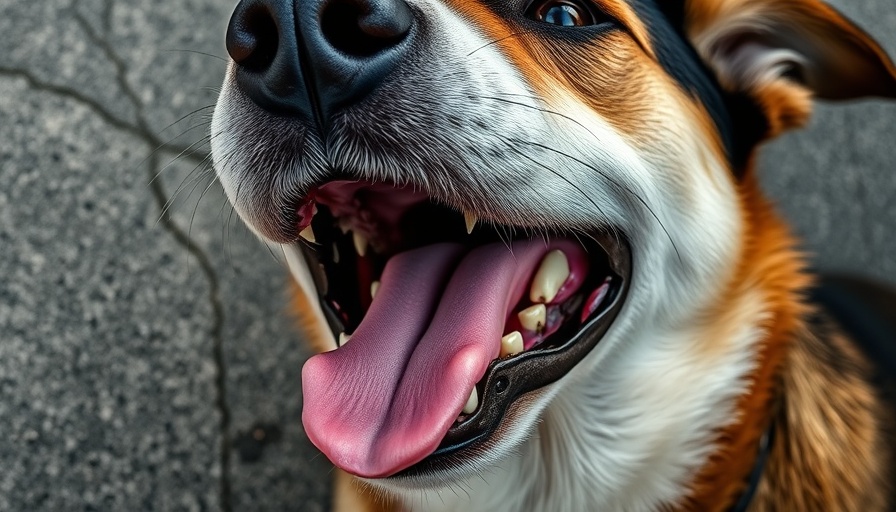
The Heart of Pet Care: Why Connection Matters More Than You Think
As pet owners, we often invest significant time and resources into ensuring our furry friends receive appropriate nutrition and veterinary care. We choose high-quality foods, schedule regular vet check-ups, and engage in daily exercise routines. However, one crucial aspect of our pets’ wellness journey often gets overlooked: the way we connect and communicate with them.
Understanding Conscious Compassionate Connection
This missing piece in pet wellness, known as Conscious Compassionate Connection (CCC), transcends the conventional dimensions of pet care. Inspired by ancient Ayurvedic principles and modern psychological approaches, CCC emphasizes being present and emotionally aware, fostering a relationship that goes beyond physical care.
Our pets may not have the ability to articulate their feelings in human language, but they express themselves beautifully through body language and energy. A wagging tail, a relaxed posture, or the way they nuzzle against us communicates their emotional state. By honing our ability to interpret these subtle cues, we can deepen our bond with them, creating an environment that promotes both physical and mental well-being.
The Healing Impact of Communication
According to recent research, successful connections between pets and their owners significantly influence the health and happiness of both parties. When we actively listen to our pets — acknowledging their feelings and respecting their individuality — we become advocates for their emotional and spiritual needs.
Practicing CCC allows us to foster a deeper relationship with our pets. This approach encourages empathy, authenticity, and openness that builds mutual respect. Moreover, when pet guardians prioritize this kind of communication, they create a nurturing space where healing, growth, and true connection can flourish.
The Holistic Approach to Pet Wellness
More than merely addressing their physical needs, a holistic perspective in pet care means treating our animals as complex beings with emotional, spiritual, and energetic aspects. Understanding that pets experience a range of emotions enriches our interactions with them and enhances their overall health.
For example, noticing when your pet appears anxious or excited allows you to respond appropriately, further strengthening your bond. Engaging with them on a deeper emotional level can positively impact their behavior and overall health, creating a ripple effect in your shared experience.
Creating a Safe Space for Emotional Expression
Animals are highly sensitive to their environment and the energies of those around them. Providing a safe space for your pet means creating a home where they feel secure, loved, and understood. This kind of security allows them to express themselves freely and can lead to noticeable improvements in their behavior and emotional state.
When we foster this nurturing dynamic, we enable our pets to thrive physically and emotionally. It is crucial for pet owners to remain attuned to their pets' needs, both verbal and non-verbal, as it encourages openness and comfort, factors essential for their mental health.
The Joy of Understanding
For dedicated pet parents, the joy that comes from truly understanding your pet is unparalleled. When you see them thriving — full of joy and energy, it’s a reminder of the deep connection you’ve cultivated together. Whether it’s through a playful moment in the park or a quiet evening on the couch, these shared experiences reinforce the importance of CCC in your pet's wellness routine.
As we continue to prioritize both our pets' physical needs and the emotional bonds we share, we can create a nurturing environment that supports their overall wellbeing. So, let’s honor our pets’ voices in the ways they know how to speak — and embrace this heartfelt journey together toward the pinnacle of pet wellness.
 Add Row
Add Row  Add
Add 




Write A Comment